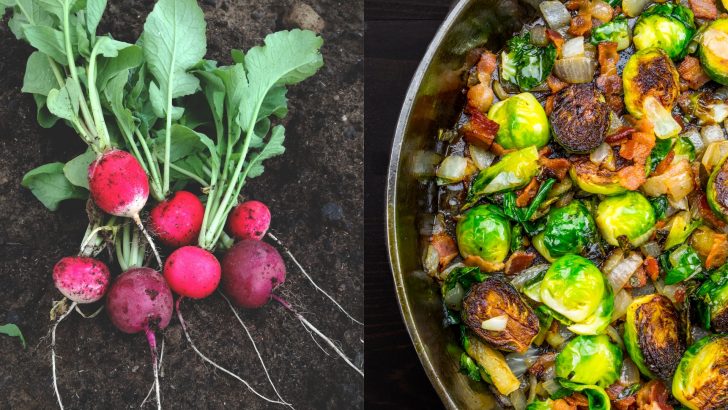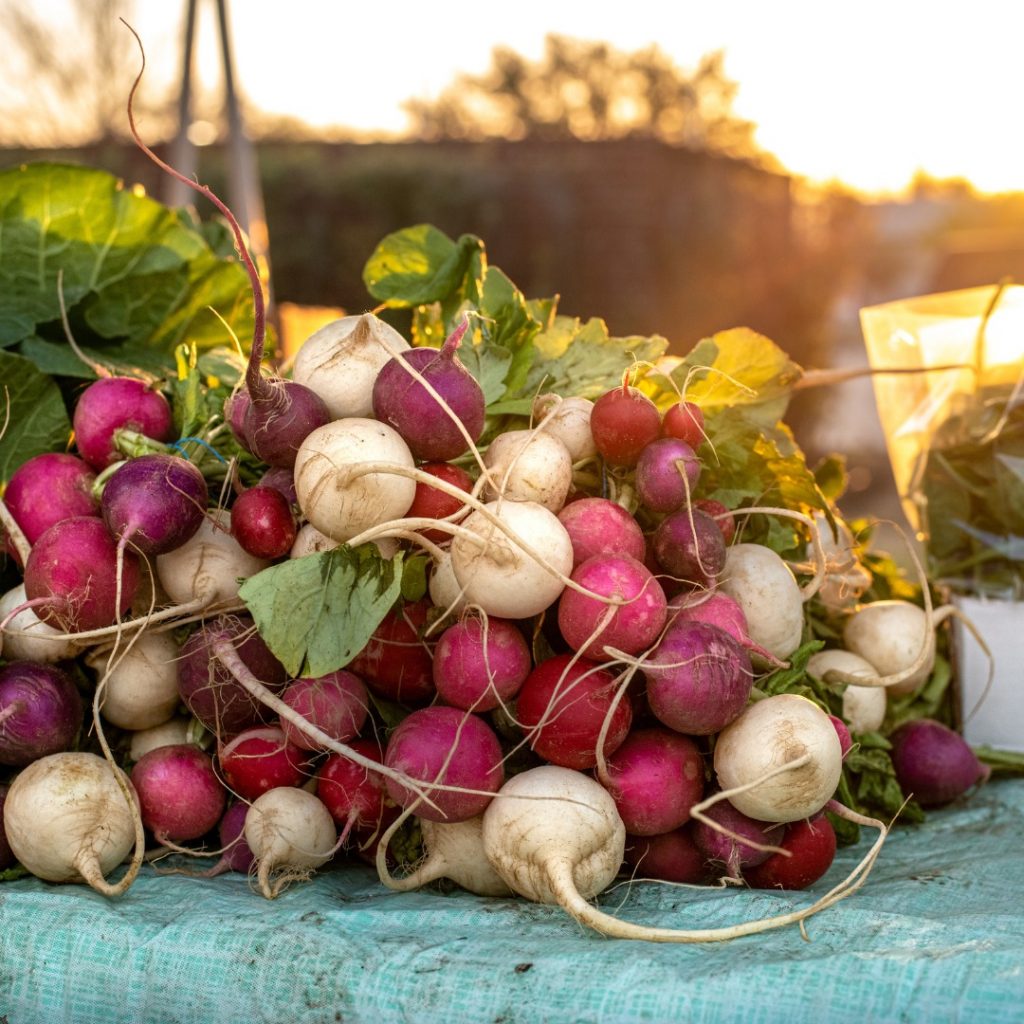Let’s be honest—some veggies are basically leafy legends, while others are just green guilt trips sitting in your fridge until they liquefy in the crisper.
Sure, your mom said to eat your vegetables, but she never said which ones were actually worth the forkful.
In this brutally honest guide, we’re separating the all-stars from the afterthoughts. From the daily must-haves to the “meh, maybe next time” greens, here are 12 vegetables your body will high-five you for—and 12 you’ll survive without (sorry, celery, you’re basically crunchy water).
1. Spinach
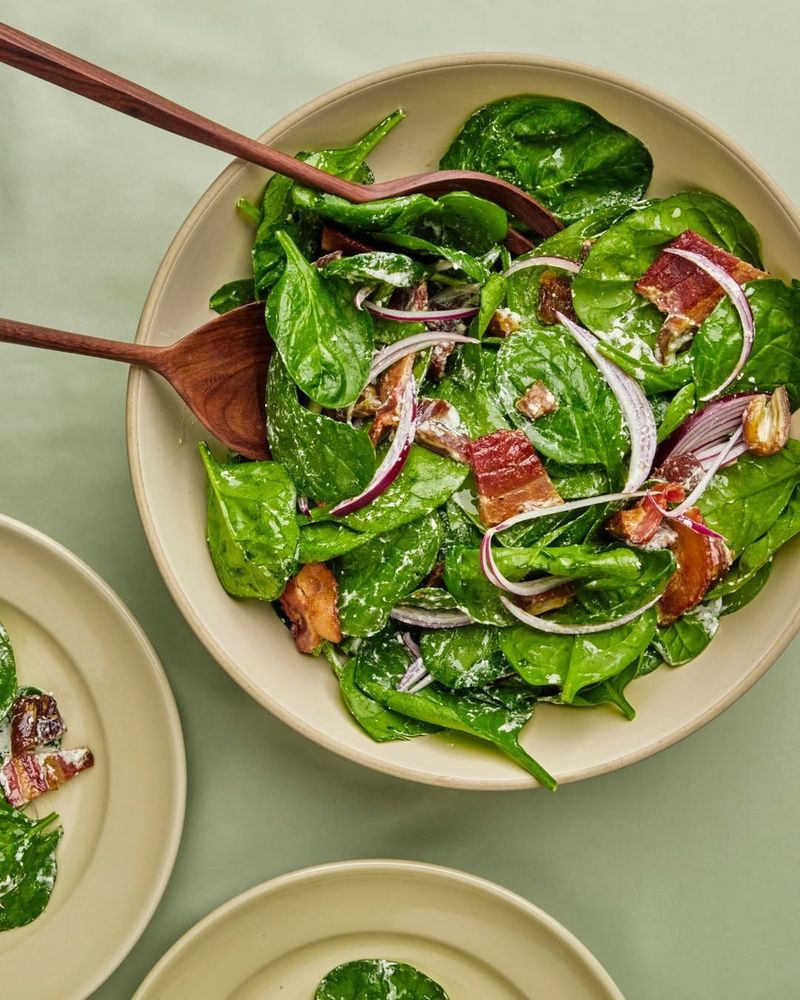
Spinach, with its vibrant green leaves, is a nutrition powerhouse. Rich in iron and vitamins A and C, it supports healthy vision and skin.
Adding spinach to your diet can boost immunity and energy levels. It’s versatile—perfect for salads, smoothies, or sautéed as a side dish. Whether you’re looking to enhance your meals or improve your health, spinach is a must-have.
2. Kale
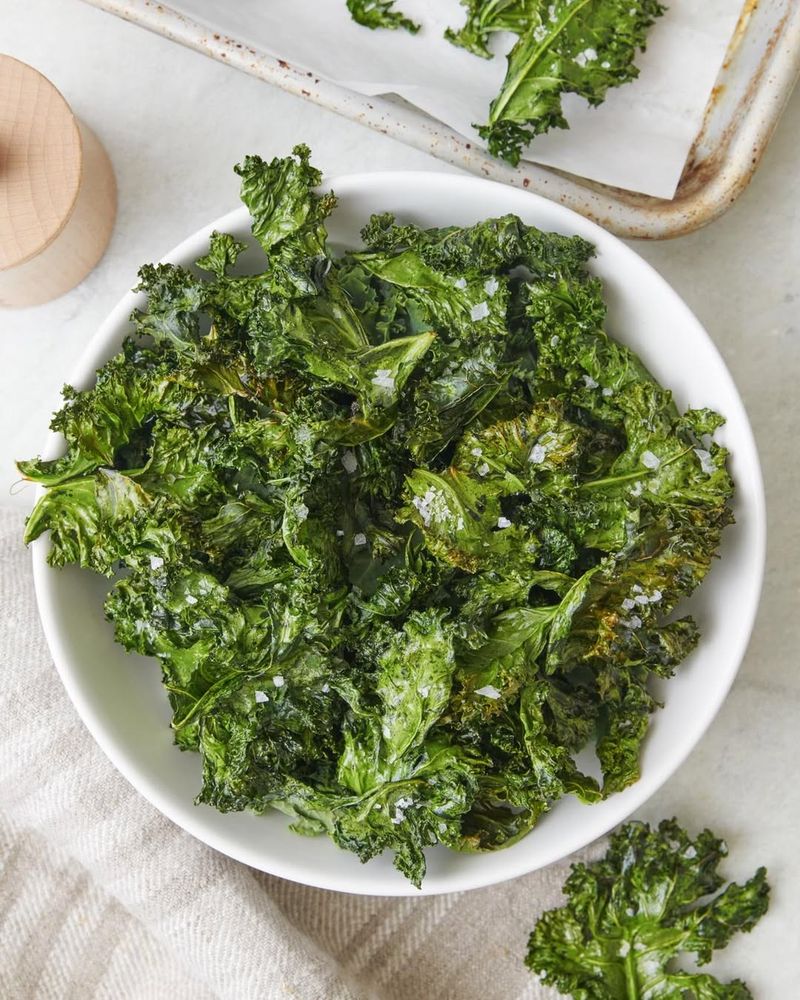
Kale, often called the queen of greens, is rich in antioxidants and vitamins. Its robust leaves are perfect for salads, soups, and smoothies. Packed with vitamin K, kale supports bone health and cellular functions. It also helps in reducing cholesterol.
Incorporating kale into your meals can elevate your nutritional intake. Crunchy, fresh, and wholesome, kale brings a delightful texture and health benefits to your table.
3. Broccoli
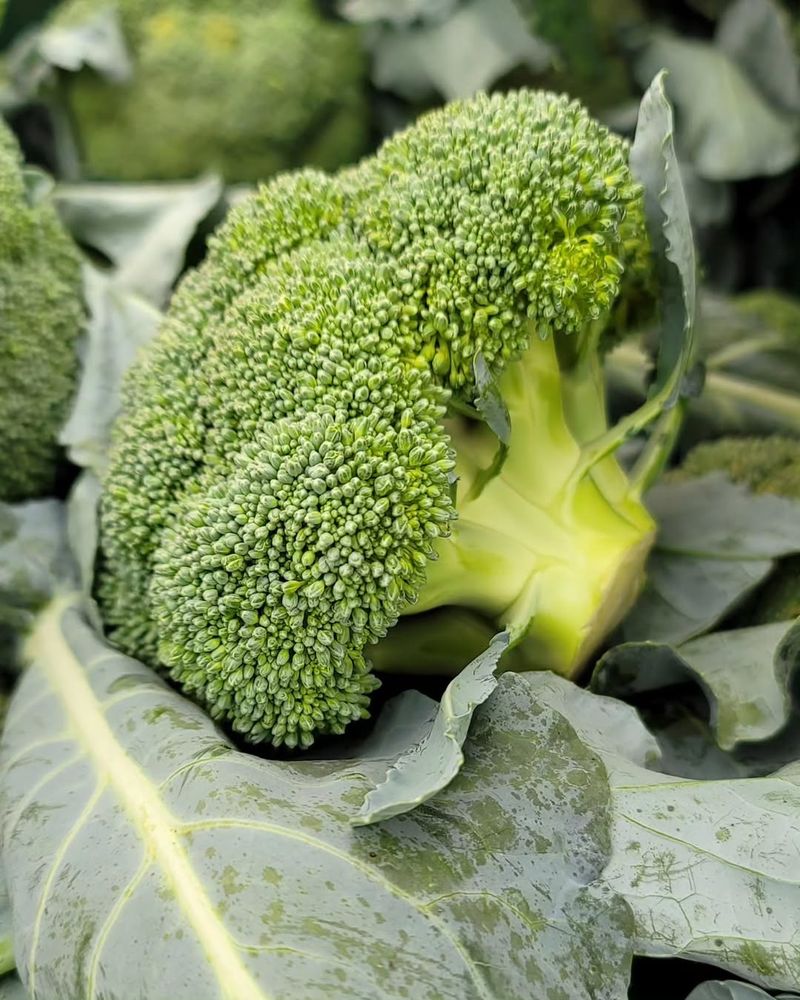
Loaded with vitamin C and fiber, broccoli is a cruciferous vegetable that supports digestion and immunity. This green veggie is a versatile ingredient for stir-fries, casseroles, and salads. Broccoli’s nutrients promote heart health and reduce inflammation.
Adding broccoli to your diet is an excellent choice for anyone looking to improve overall wellness. Its crunchy texture and delightful flavor make it a favorite in many households.
4. Brussels Sprouts

Brussels sprouts are small but mighty, packed with vitamins K and C and fiber to enhance digestion. These mini cabbages are ideal for roasting, which brings out their natural sweetness and nutty flavor. T
hey support heart and bone health. Including Brussels sprouts in your meals can add a nutritious punch and a satisfying crunch. Experience their earthy flavor as a delightful addition to your diet.
5. Sweet Potatoes
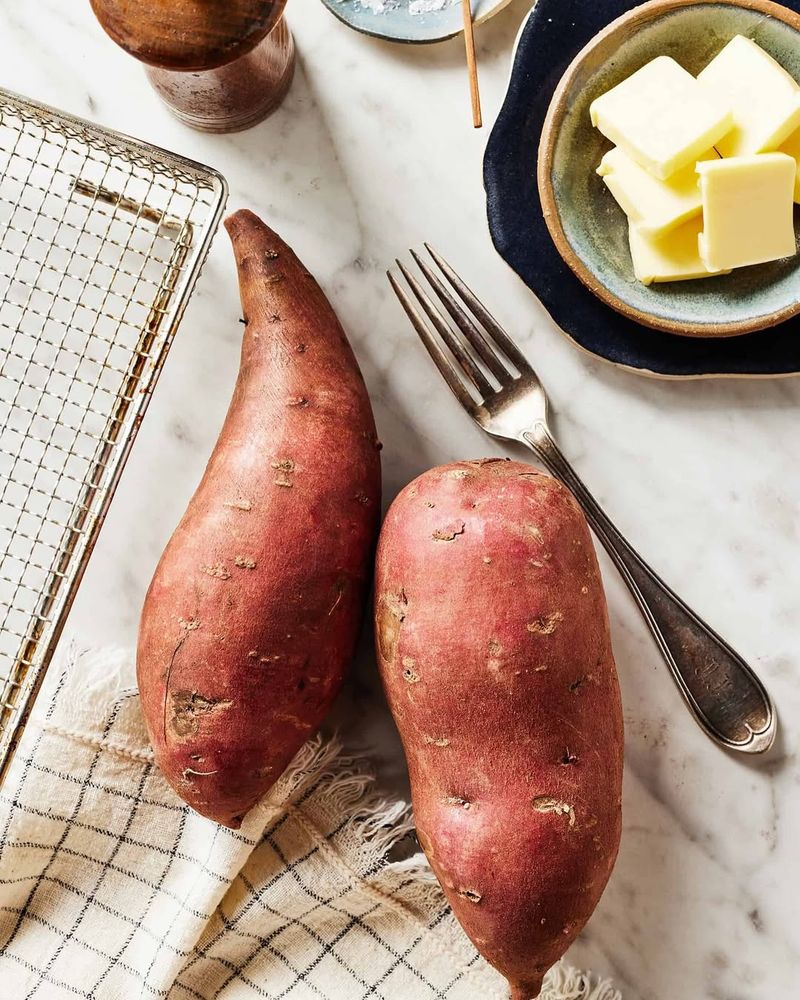
Sweet potatoes are a vibrant source of beta carotene and fiber. Their naturally sweet taste makes them versatile for both sweet and savory dishes.
These tubers support eye health and provide complex carbohydrates for sustained energy. Sweet potatoes are more than just comforting; they’re nutritious and delicious, making them a perfect addition to any meal plan.
6. Carrots
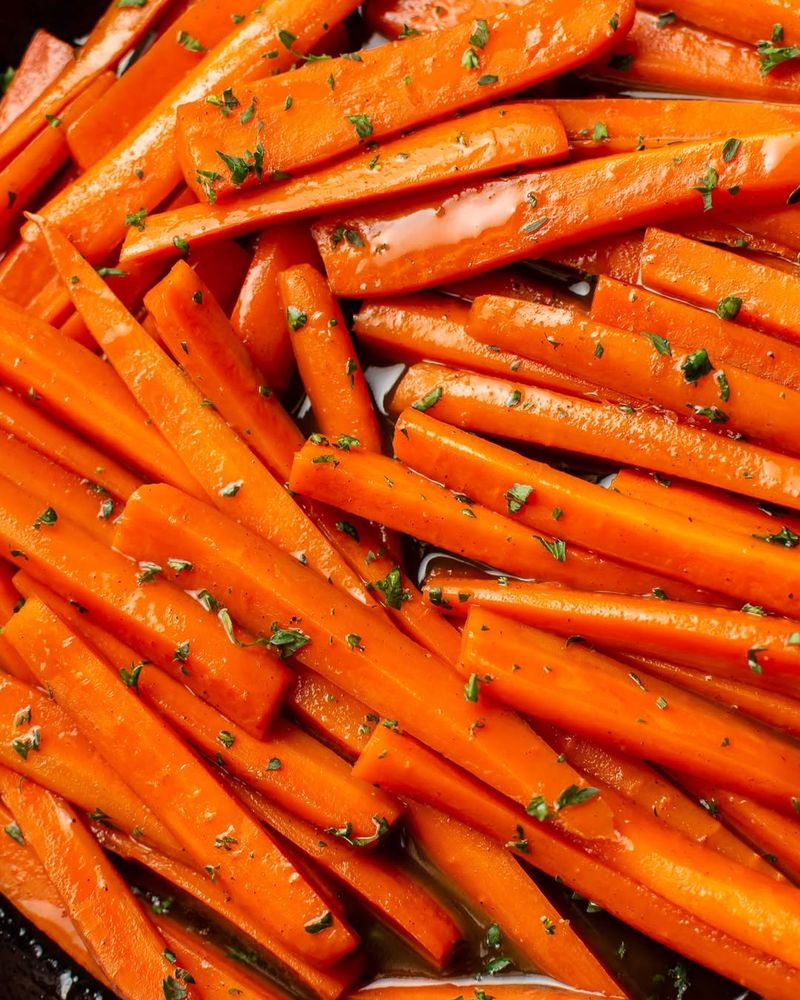
Carrots, with their vivid orange hue, are rich in beta carotene, which is essential for good vision. These crunchy roots can be eaten raw, roasted, or incorporated into soups and stews.
Their sweet flavor is loved by kids and adults alike. Carrots are not only great for snacking but also boost your vitamin intake. Each bite brings a satisfying crunch and nutritional benefits.
7. Beets

Beets are a vibrant and earthy root vegetable rich in nitrates, which can lower blood pressure and improve athletic performance.
Their sweet and earthy flavor is perfect for salads, roasting, or even juicing. Beets are also high in folate and manganese. Adding beets to your diet not only enhances flavor but also boosts your health. Explore their nutritional richness and unique taste.
8. Bell Peppers
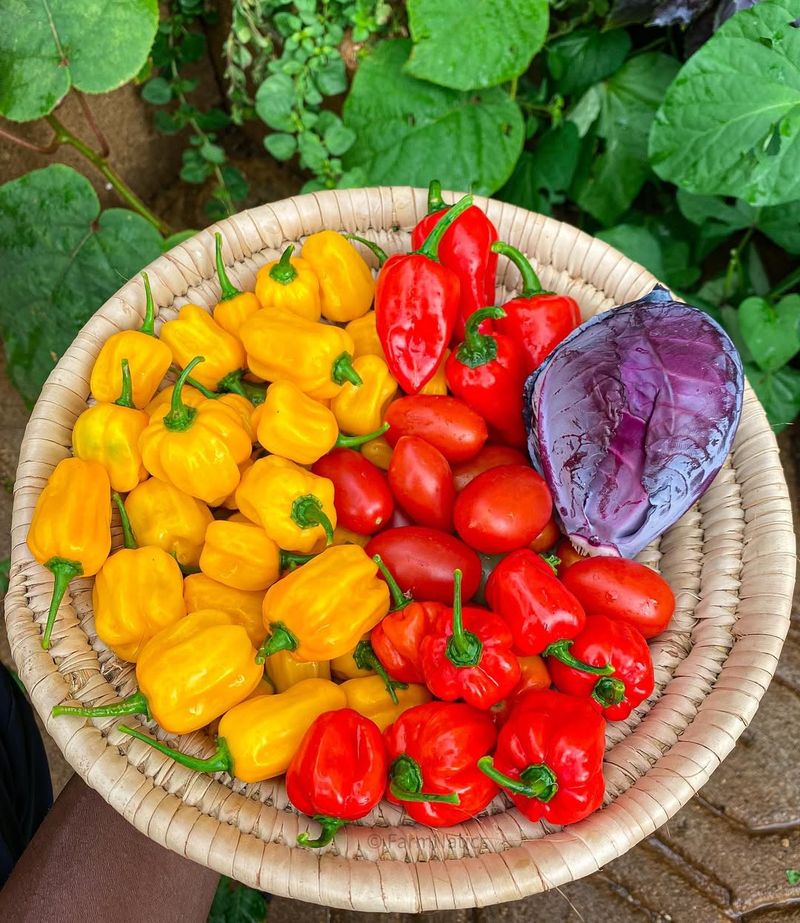
Bell peppers are a rainbow of colors, each variety offering a unique flavor. High in vitamin C, they support immune health.
Their crisp texture and sweet taste make them perfect for salads, stir-fries, and grilling. Bell peppers also provide antioxidants. Incorporate bell peppers into your meals for a burst of color and nutrients. They’re a versatile and delicious addition to any dish.
9. Asparagus
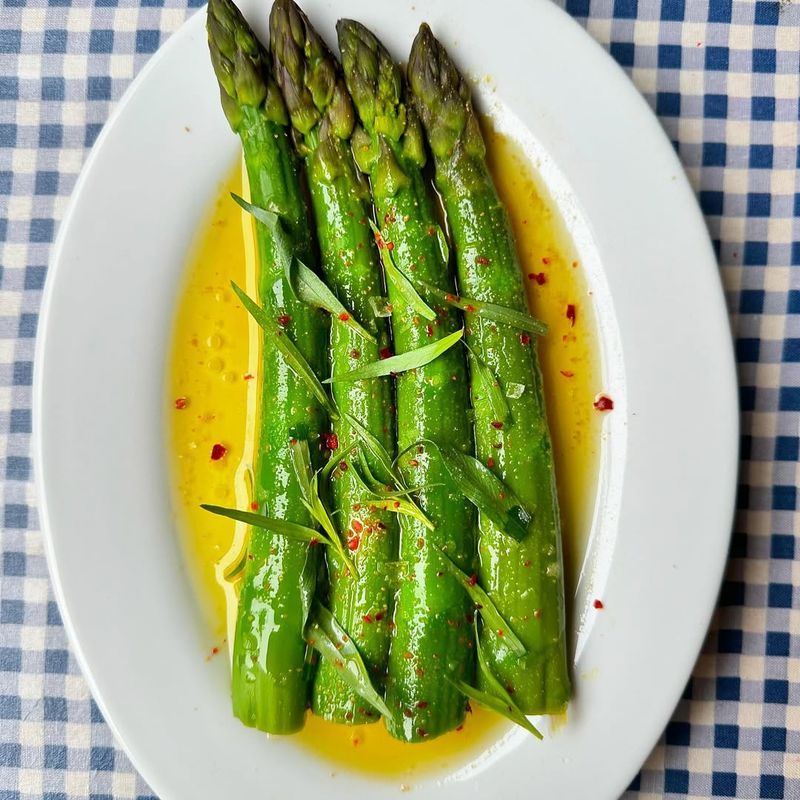
Asparagus is a slender, nutrient-rich vegetable that’s high in fiber and vitamins A, C, and K. Its unique, earthy flavor pairs well with various dishes, from pasta to grilled entrees. Asparagus can aid in digestion and support healthy pregnancies.
Embrace the freshness of asparagus in your diet. Not only does it add elegance to meals, but it also brings a wealth of health benefits.
10. Cauliflower
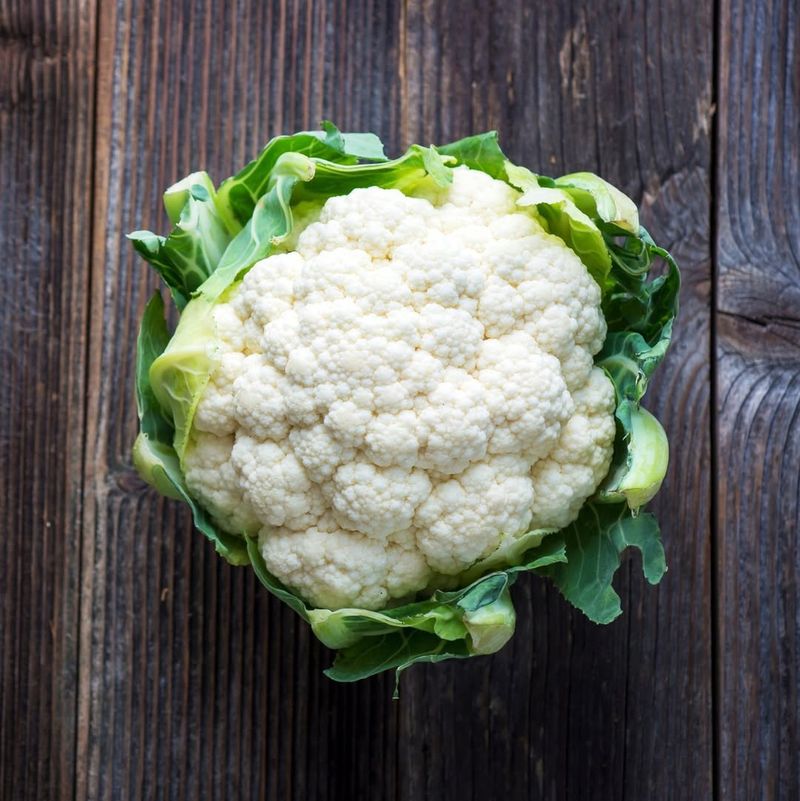
Cauliflower, a versatile cruciferous vegetable, is low in calories and high in vitamins C and K. It can be roasted, mashed, or transformed into a low-carb rice alternative.
Cauliflower supports heart health and reduces cancer risk. Adding cauliflower to your meals offers a nutritious, creative twist. Explore its potential as a healthy substitute in various recipes.
11. Zucchini
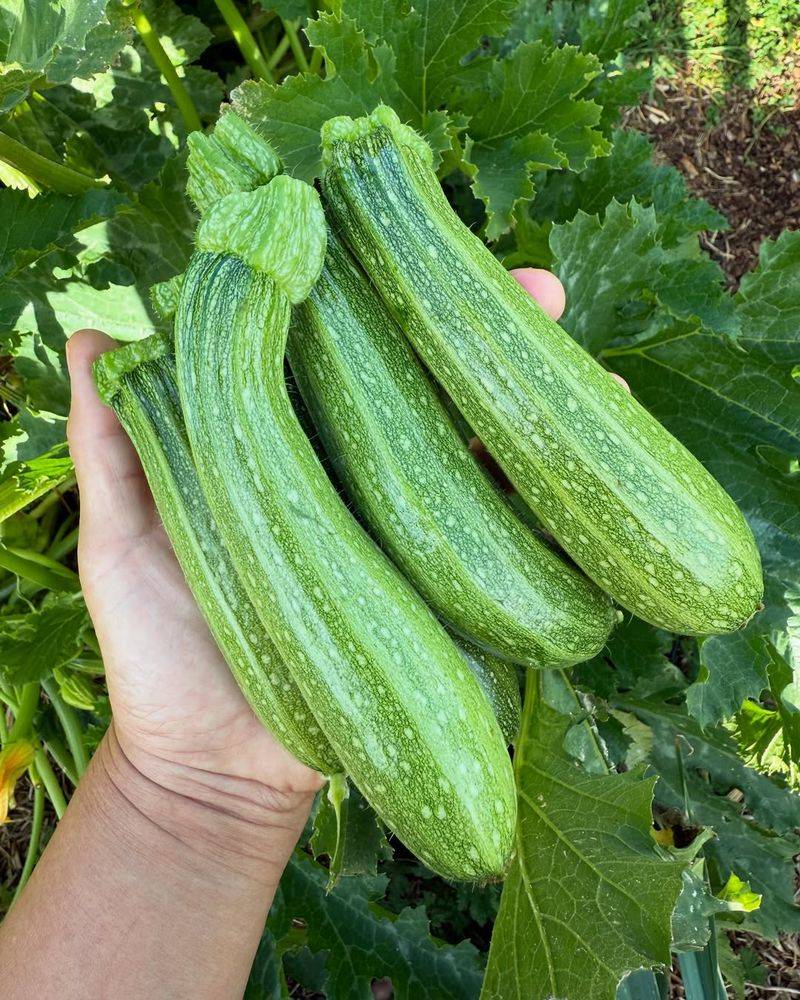
Zucchini, a versatile summer squash, is packed with vitamin C and potassium while being low in calories.
Its mild flavor makes it a great choice for grilling, baking, or spiralizing in to noodles. This hydrating veggie also supports digestion, making it a smart addition to any meal. Whether blended into soups or stuffed with flavorful fillings, zucchini brings both texture and nutrition to the table.
12. Cabbage
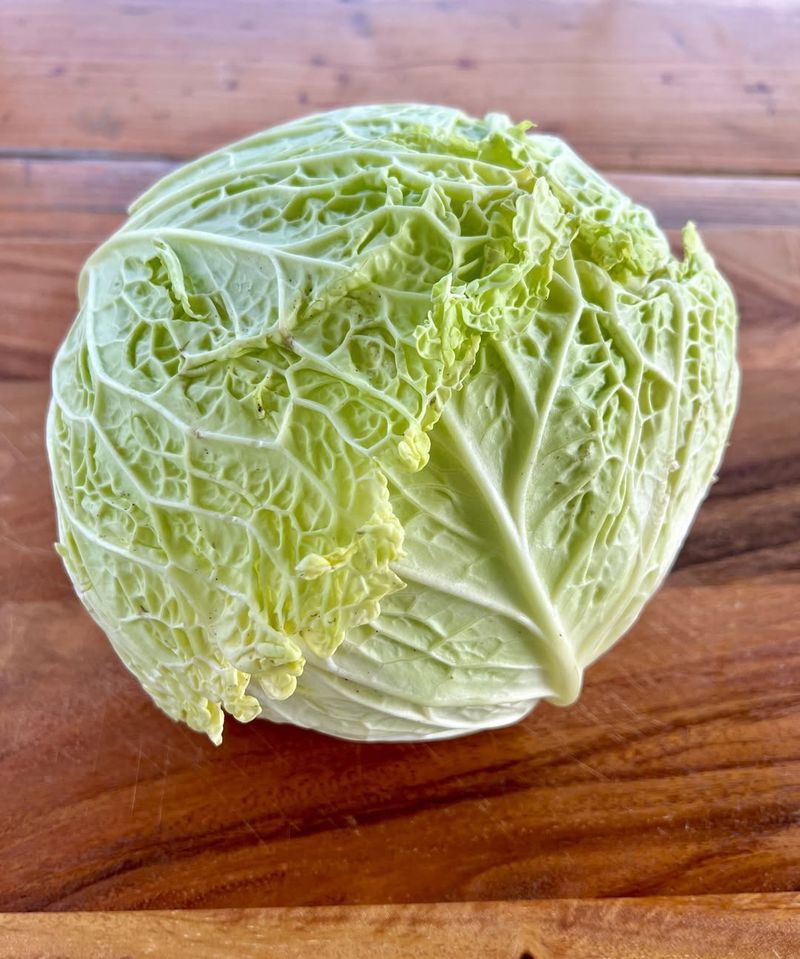
Cabbage, with its tightly packed leaves, is a powerhouse of vitamin K and antioxidants. A staple in coleslaws and stir-fries, it adds a satisfying crunch while delivering essential nutrients.
This fiber-rich veggie aids digestion and helps combat inflammation, making it a smart addition to any meal. Whether fermented into sauerkraut or stuffed for a comforting dish, cabbage proves its versatility.
13. Iceberg Lettuce
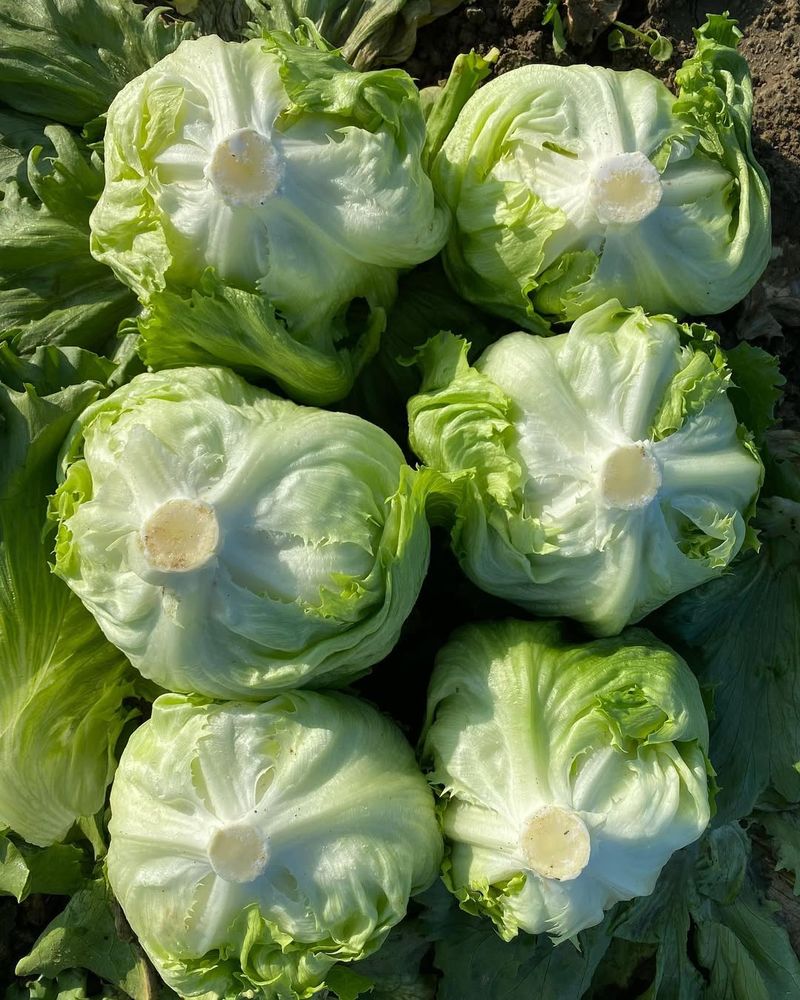
Iceberg lettuce is prized for its crisp texture, but it falls short nutritionally compared to other leafy greens. While it adds a satisfying crunch to salads, it lacks the rich vitamins and minerals found in darker greens.
Composed mostly of water, it offers minimal nutrients but can still be a refreshing addition to meals. Though not the most nutritious choice, it provides a light, hydrating base for sandwiches and salads.
14. Kohlrabi
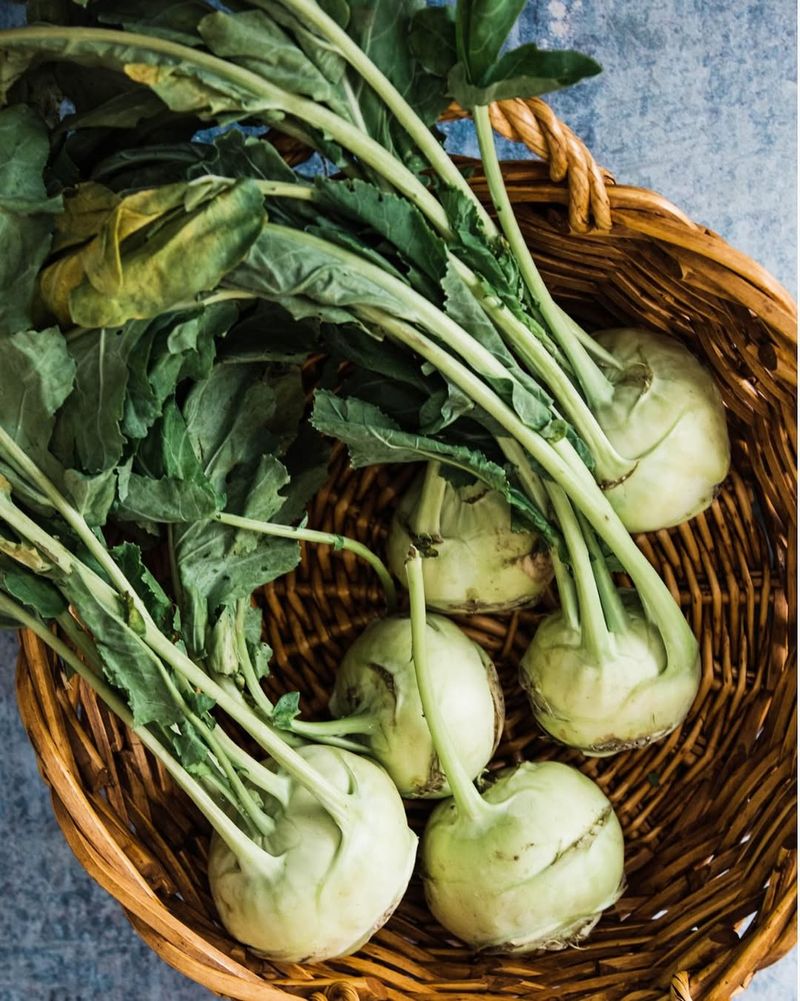
Kohlrabi, with its bulb-like shape and mild, slightly sweet flavor, is often overlooked due to its limited use in everyday cooking.
Though it contains some vitamin C and potassium, other vegetables pack a stronger nutritional punch. Its crisp texture makes it a unique addition to salads and slaws. While it may not be a kitchen staple, it’s a fun way to add variety to your vegetable rotation.
15. Potatoes

Potatoes are a hearty staple, frequently enjoyed in many dishes, but frying them can add excess calories with fewer nutritional benefits.
While they offer vitamin C and potassium, eating them in moderation is important. Healthier preparations like baking or boiling help retain their nutrients. They’re best paired with a variety of other vegetables for a well-rounded diet.
16. Corn
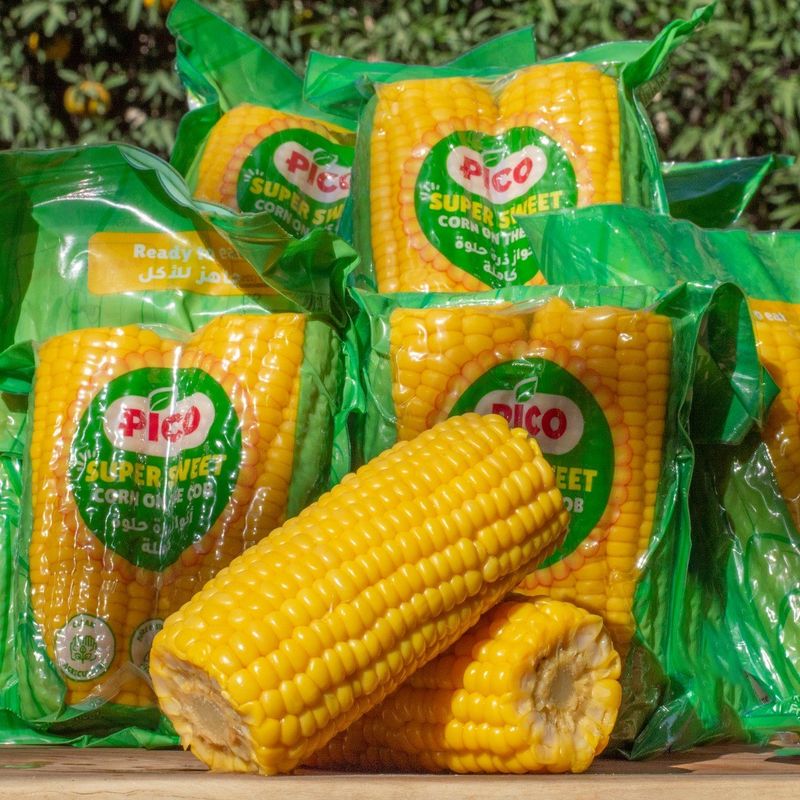
Corn’s natural sweetness and versatility make it a popular choice, but its high starch content means it’s best eaten in moderation. Though it provides fiber and antioxidants, relying on it too much can crowd out more nutrient-dense vegetables.
Pairing it with a variety of greens and colorful produce helps maintain a well-balanced diet. Enjoy its juicy crunch as an occasional addition rather than the main event on your plate.
17. Eggplant
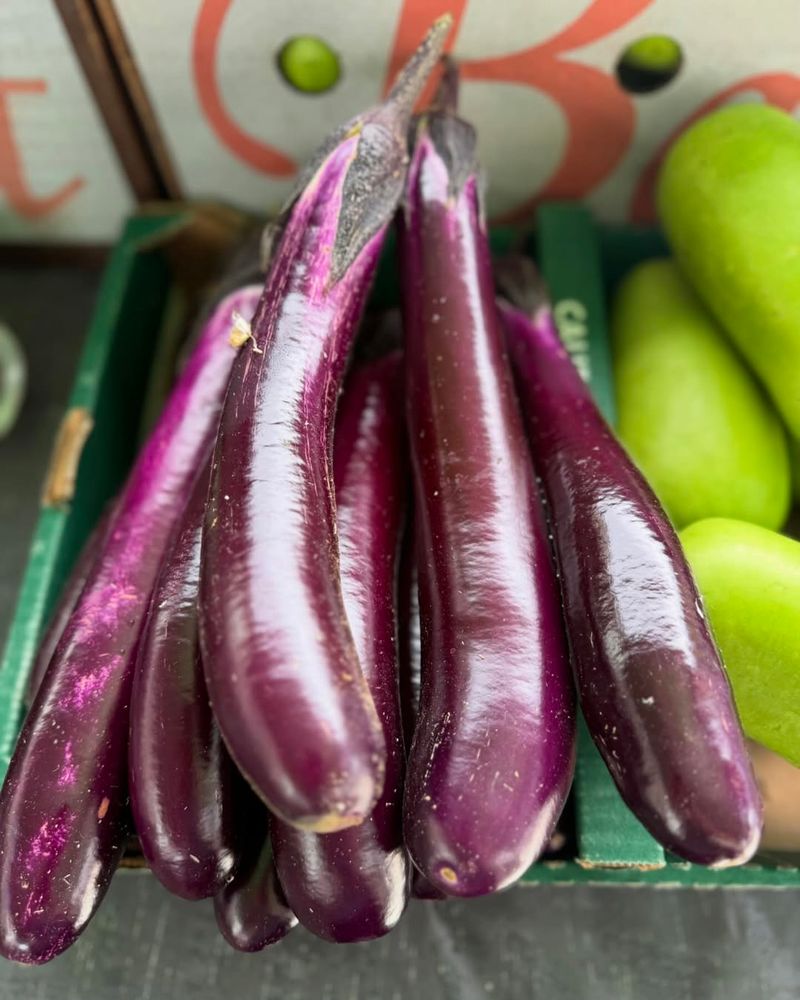
Eggplant’s deep purple hue adds visual appeal to dishes, but its nutritional value is relatively modest. While it’s low in essential vitamins, its spongy texture makes it great at soaking up flavors in savory recipes.
Though not a nutritional powerhouse, it can still bring variety to your meals. Pair it with vibrant, nutrient-rich veggies to create a balanced and flavorful dish.
18. Mushrooms
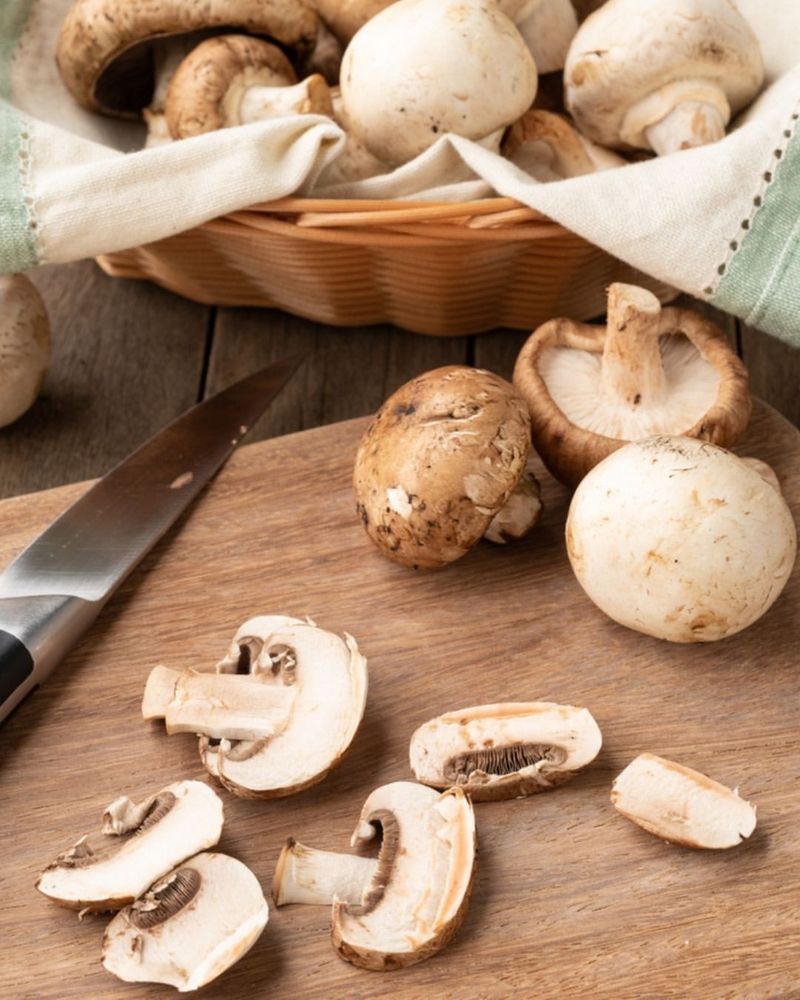
Mushrooms bring a rich, earthy flavor to dishes but fall short in nutritional density compared to other vegetables. While they provide small amounts of B vitamins and minerals, they shine more for their umami depth than their health benefits.
Their ability to enhance flavors makes them a kitchen favorite, yet they work best as a complement rather than a main source of nutrients. Add them for taste, but let other veggies take the nutritional spotlight.
19. Watercress
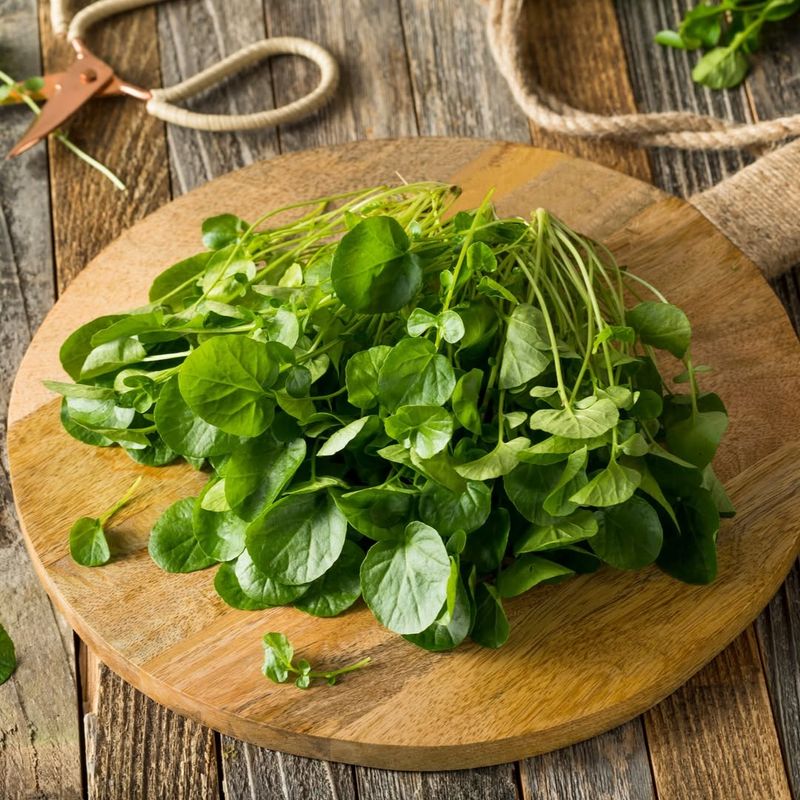
Watercress, a peppery leafy green, offers vitamins A, C, and K but is often overshadowed by other greens with higher nutrient content.
It’s potent in flavor but provides less overall nutrition. Use watercress sparingly to complement salads and sandwiches. While not a must-have, watercress can enhance dishes with its distinct taste. It’s a flavorful accent rather than a staple.
20. Turnips
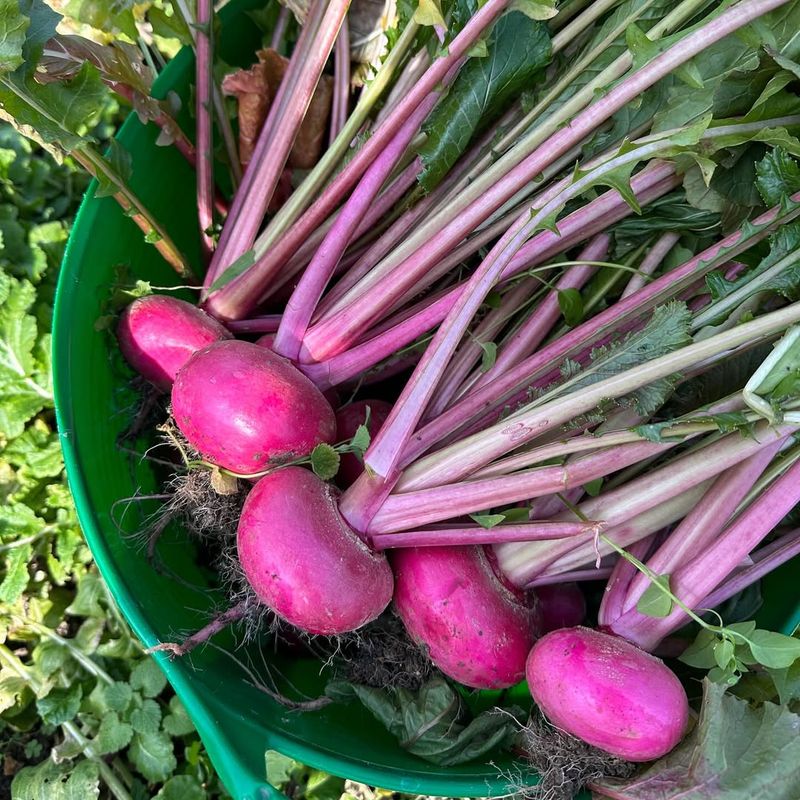
Turnips, though often overlooked, offer a mild, slightly bitter flavor and some vitamin C, making them a decent addition to your vegetable selection.
Compared to other root vegetables like sweet potatoes or carrots, their nutrient content is modest and doesn’t provide as many health benefits. Their versatility shines in dishes like soups, stews, or roasted, yet they’re not a necessary part of your diet.
21. Rutabaga
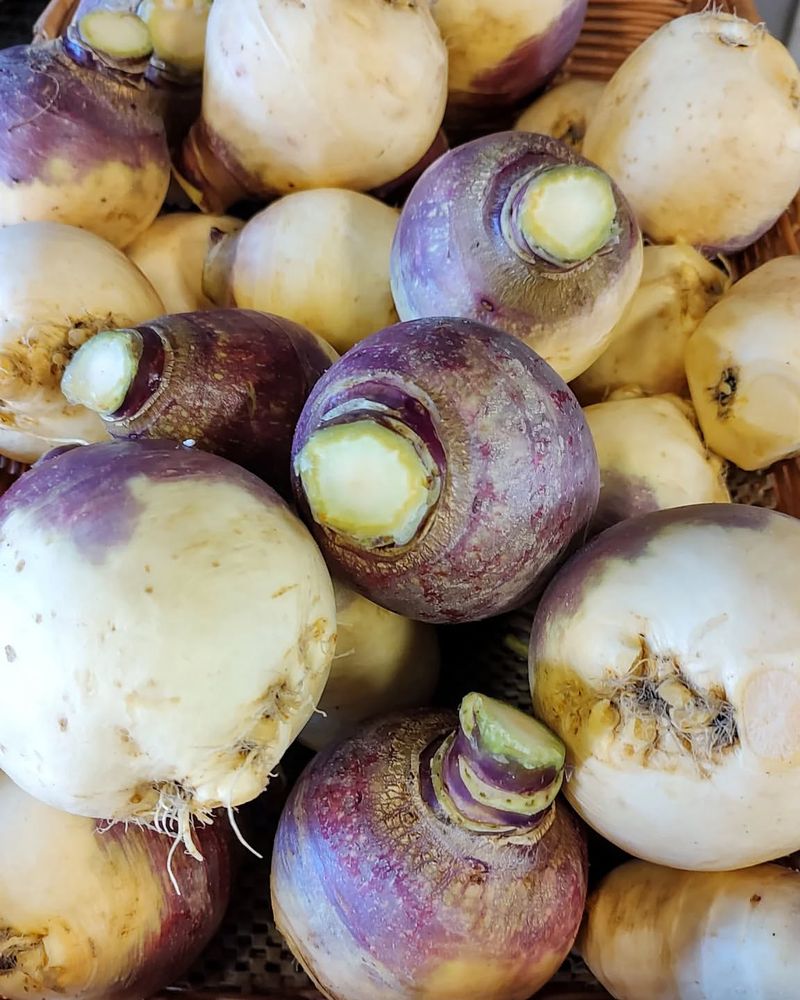
Rutabaga, a root vegetable that’s a cross between a turnip and cabbage, has a slightly sweet flavor but tends to be overlooked in favor of more popular choices. It provides some fiber and vitamin C, making it a nutritious addition to your meals, though other vegetables may offer more significant health benefits.
If you’re looking for something different, rutabaga can be a delightful change, but it shouldn’t take the place of more nutrient-dense options.
22. Okra

Okra, a distinctive vegetable often recognized for its slimy texture, is a good source of fiber but tends to be underutilized in many kitchens. While it provides some essential vitamins, such as vitamin C and folate, it doesn’t quite stand out when it comes to overall nutritional value compared to other vegetables.
Though okra may not be a go-to vegetable for every meal, it’s an excellent option for those looking to explore new tastes and textures. Just be sure to pair it with more nutrient-packed vegetables to round out your diet.
23. Celery
Celery might win points for crunch, but nutritionally, it’s mostly water and stringy effort. While it offers a bit of vitamin K and fiber, it’s often more useful as a vehicle for peanut butter than as a standalone veggie hero.
Sure, it adds a refreshing snap to dishes, but your diet won’t suffer if you skip the celery stick. It’s basically the background actor of the vegetable world.
24. Radishes
Radishes bring a peppery bite and pretty pop of colour, but let’s be real—nutritionally, they’re lightweights.
While they offer a small dose of vitamin C and potassium, they lack the nutrient density of other root vegetables. Great for garnishes and Instagrammable salads, radishes are more flair than fuel. Your health goals won’t crash if you forget they exist.

